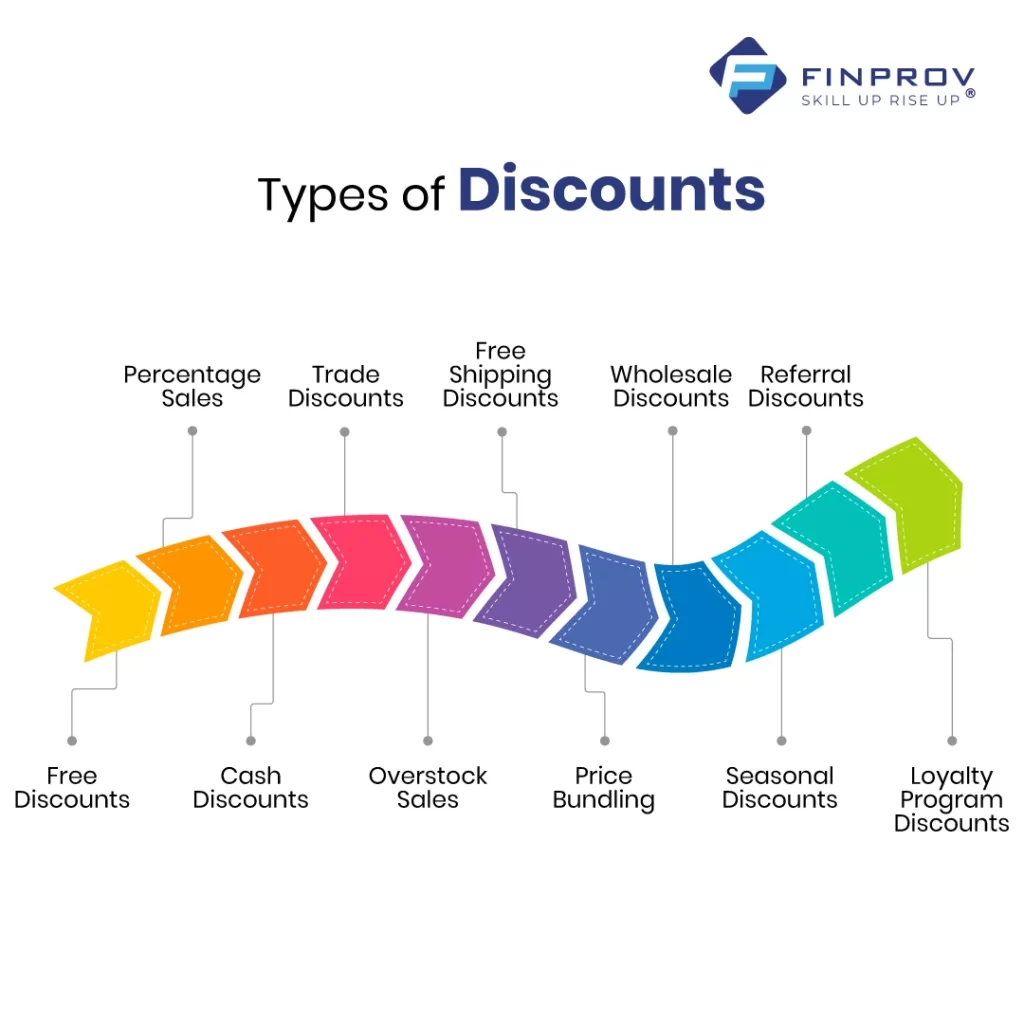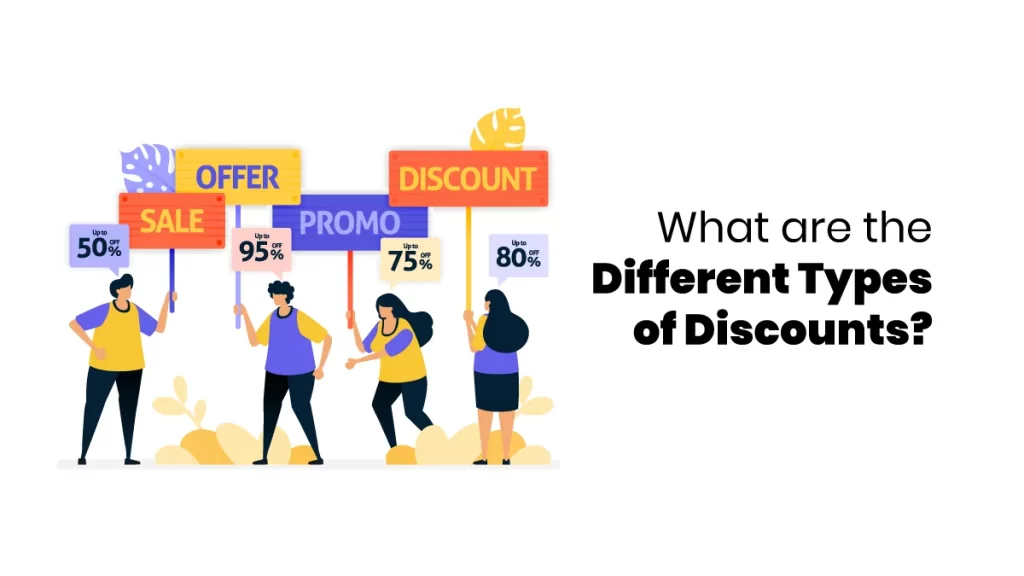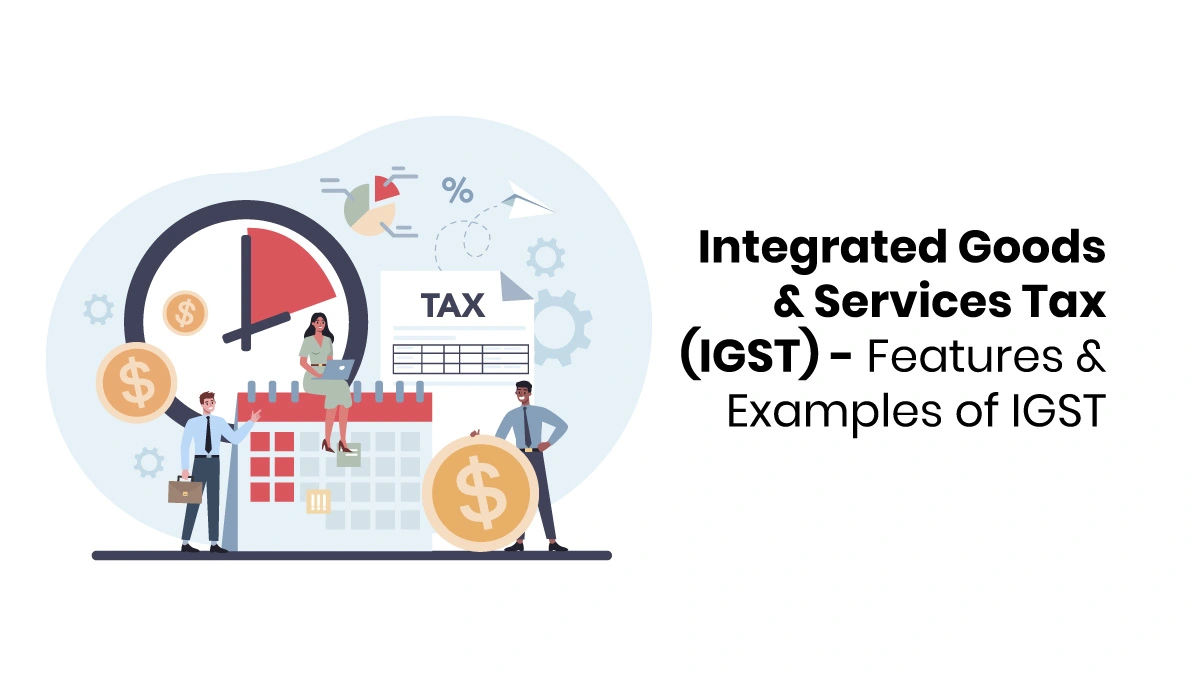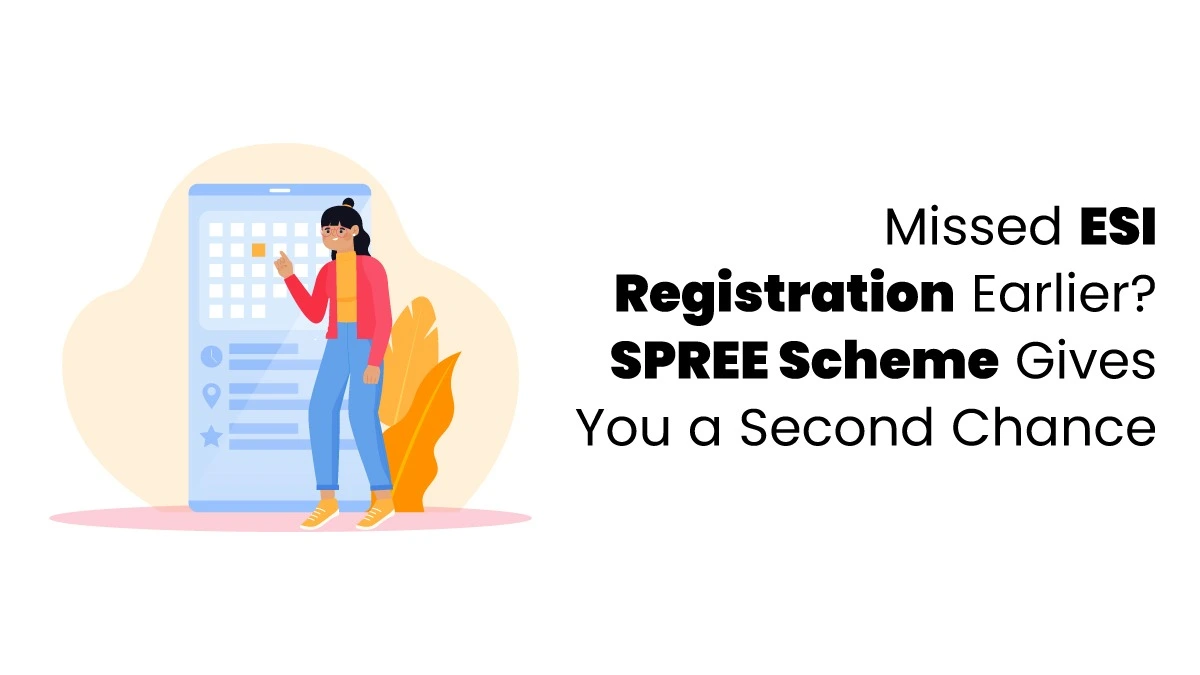Discounts have always been important in attracting customers by offering savings and value. In competitive markets, where consumers see many offers, brands need to use discounts to get attention and boost sales. A clear price list can make these discounts easy for customers to understand and appealing.
Not all discounts are the same. Like a retailer might seek a discount from wholesalers, customers always seek the best deal. Knowing the different types of sales discounts can make the difference between making a sale and missing out. The right discount can attract more customers to your store or increase online sales. Discounts can also help businesses retain customers, clear out extra inventory, and compete with other brands.
Types of Discounts
Customers can get different types of sales discounts. These discounts are used to attract new customers, existing customers, improve financing, or manage stock levels.
Free Discounts
Buy one and get one is a promotion offer where you can purchase one product and receive another for free. Instead of offering free items, the organization might offer a product at the same or a lower price. This type of discount enables an organization to introduce more products to the market and increase the number of customers purchasing. This works for ordinary physical shops and online shops, but buyers in online shops can still be charged for delivering free items.
Percentage Sales
A percentage sale is similar to a reduced-price sale, where clients are given a discount depending on the percentage of the price charged for the particular item. For instance, you can get a 30% rebate if you are a cardholder of a certain mall or a 25% discount if you purchase goods in a set of three or more. Price discounts such as percentages are preferred because compared to a fixed amount, they sound like a better offer.
Cash Discounts
Cash discounts are deductions offered by sellers of goods or service providers to encourage customers to pay their bills early. These discounts are also known as early payment discounts.
For example, if the invoice amount is ₹10,000 and the buyer pays before the due date, the seller might offer a 20% discount for early payment. In this case, the buyer only needs to pay ₹8,000.
Trade Discounts
A trade discount is given to retailers to encourage them to carry the seller’s products. This discount is usually offered when the buyer has a lot of influence over the seller.
Overstock Sales
A business with fewer unsold products can lose money because the items will take up the space and also cost. So, selling the items at a lower price helps eliminate the unsold products. This is called overstock sales.
Free Shipping Discounts
The seller gives free shipping if you use a discount code or order within a specific time. This depends on when you place the order, not when it ships because shipping can be delayed.
Price Bundling
Price bundling means offering two or more related products and services as a package at a discounted price. Phone and internet companies often use this to encourage people to sign up for multiple services. Retailers also use this method, called cross-selling, to get customers to buy related items. For example, a store might offer a discount on a laptop case if you purchase a laptop.
Wholesale Discounts
Another selling price strategy is bulk or wholesale, which applies to bulk purchases of a particular item. These types of promotions are usually given by wholesalers and suppliers. For instance, if you order 10,000 units, you may be able to negotiate a 10% discount. Some big retailers also give their clients from their loyalty programs cheaper prices for items they have purchased in large quantities.

Seasonal Discounts
Seasonal discount types are given when certain items aren’t in high demand. For example, a clothing store might offer discounts on ski gear during the summer. These discounts help customers buy items for the next season at a lower price and help businesses clear out extra stock after busy times.
Referral Discounts
Referral discount types are a scheme that involves rewarding existing customers and bringing in new clients. Both end up with a view of benefiting the customer as the customer gets a unique code that they have to share, which gives the new customer a discount that he can use while purchasing a product for the first time. The person referred can also gain some commission depending on the number of customers referred to them. This aids in creating awareness and customer attraction among the business.
Loyalty Program Discounts
Loyalty programs give discounts to customers who keep coming back. Customers earn points for their purchases or other activities. When they collect enough points, they receive a discount code or special offer, which encourages them to continue shopping with the business.
To dive into practical accounting, check out Finprov Learning. We offer various finance and accounting courses, including CBAT, PGBAT, Income Tax, Practical Accounting Training, PGDIFA, DIA GST, SAP FICO, Tally Prime, and MS Excel. Our accounting institute in Ernakulam is designed for graduates and professionals, providing a comprehensive learning experience.
We also offer short-term online accounting courses that focus on practical skills. Our hands-on training helps you build real-world expertise so you can start working right after graduation. Contact us today to learn more about our accounting courses and boost your knowledge for a successful future.










